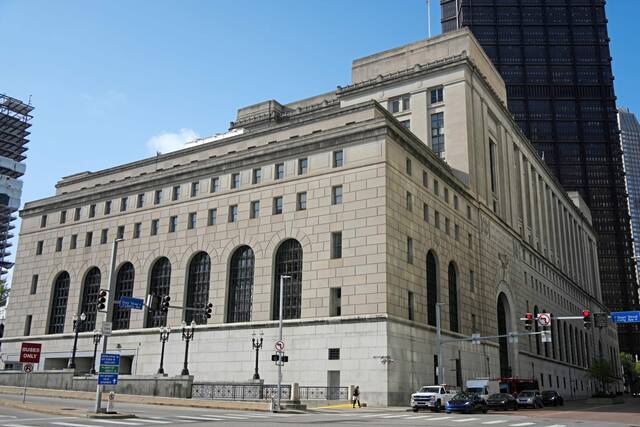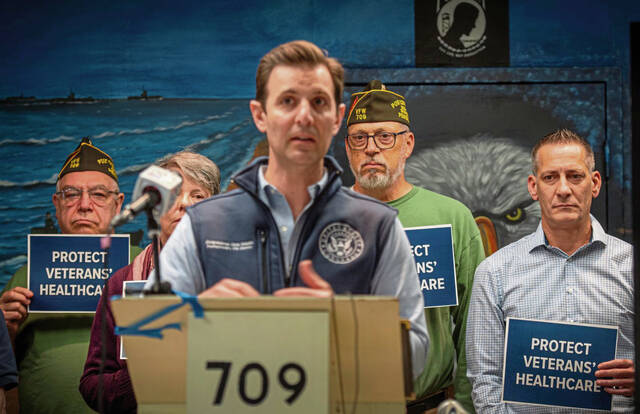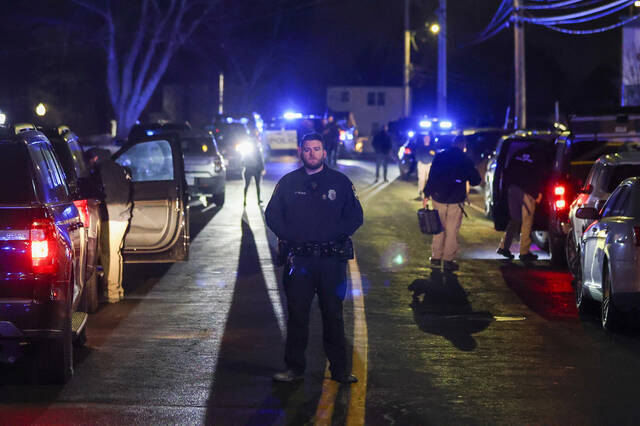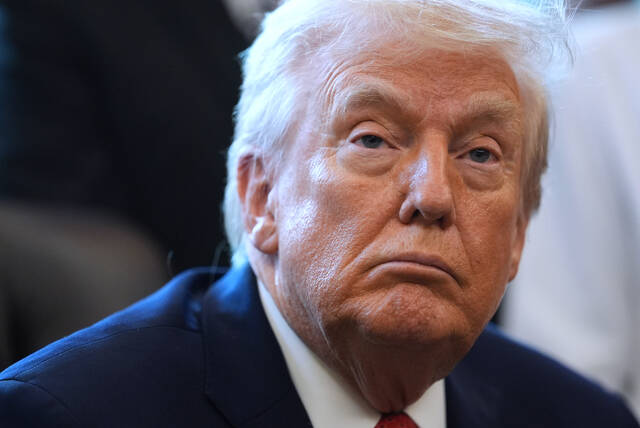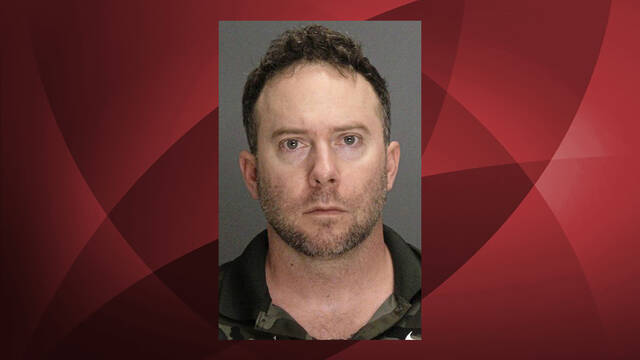One of the prospective jurors questioned Wednesday in the third day of jury selection for the trial of accused Tree of Life synagogue shooter Robert Bowers said he knew the two brothers killed in the Oct. 27, 2018, shooting.
The man, a pet store manager, previously worked for a company that operated a bounce house at Jewish Community Center of Greater Pittsburgh events.
During questioning Wednesday afternoon, the prospective juror said Cecil and David Rosenthal worked as greeters at center events, and he interacted with them about 10 times over several years. The Tribune-Review is not identifying prospective jurors who are undergoing questioning.
“They were great workers and very polite people,” the man said of the Rosenthals. “Very nice guys.”
The potential juror said he also knows a survivor of the synagogue attack and had talked to the man about what happened that day.
After minutes of questioning, the government and defense agreed the prospective juror could not serve on the panel because he knew the victims.
At the end of the third day of jury selection, 52 people had been questioned.
Prior to ruling on any motions to strike for cause that were made Wednesday, there were 15 people who are eligible to be seated on the panel.
Bowers, 50, of Baldwin is charged in federal court with 63 counts and, if found guilty, could face the death penalty. Jury selection is expected to last at least a few weeks.
Police said Bowers entered the Tree of Life synagogue in Pittsburgh’s Squirrel Hill neighborhood armed with four weapons, including an AR-15. The synagogue was home to three congregations: Tree of Life-Or L’Simcha, Dor Hadash and New Light.
In addition to David Rosenthal, 54, and Cecil Rosenthal, 59, those killed in the attack were Bernice Simon, 84, and her husband, Sylvan Simon, 86; Dan Stein, 71; Irving Younger, 69; Dr. Jerry Rabinowitz, 66; Joyce Fienberg, 75; Melvin Wax, 87; Richard Gottfried, 65; and Rose Mallinger, 97.
Two additional congregants were shot and wounded. Five police officers also were injured, including four wounded by gunfire.
During Wednesday’s jury selection, the government and defense interviewed 17 people.
They included a high school math teacher, a man who worked for 35 years in a steel mill, a woman who attended law school in China in the 1980s and a Jewish woman who became emotional during questioning.
“I’ve been struggling with this for a couple weeks because I don’t know how I feel,” she said.
The woman said she is no longer affiliated with a synagogue. Throughout her questioning, she vacillated as the two sides asked about her feelings on the death penalty.
“What does the law say, and what does my heart say?” she said. “I think it would be hard, but I could do it.
“This is a huge case, and I think it has to be weighed very heavily.”
After her interview concluded, the government made a motion to strike the woman for cause, arguing she would be unable to impose the death penalty.
The defense objected, saying she is thoughtful.
U.S. District Judge Robert Colville, as he has done throughout jury selection, took the motion under advisement.
Typically in a trial, after a prospective juror has gone through individual questioning, either the defense or government can make a motion to strike for cause, meaning the person should be excused from serving.
A common reason the parties ask for a strike for cause is if the potential juror has strong feelings either for or against the death penalty that they can’t set aside.
Normally, the judge will rule on that motion on the spot. If it is granted, the person is dismissed from serving. If denied, the parties then must decide if they want to exercise a peremptory challenge — meaning either party can exclude the person from serving for any reason.
In a federal capital case, each side gets 20 peremptory challenges.
In the Bowers case, Colville is not ruling on motions to strike for cause until the next day, and the parties have not yet used any peremptory challenges.
Experts said the method the court is using in the Bowers case affords the parties a strategic advantage and could, ultimately, save time during selection.
Former federal prosecutor Bruce Antkowiak, who teaches law at Saint Vincent College, said, in typical jury selection when attorneys use their peremptory challenges immediately, it can hamper them later in the process.
“At that point, you don’t know who else is coming up there to be a potential juror,” he said. “It’s better to look at the entire panel and then make your strategic strikes at that point.”
Nathan Williams, a former federal prosecutor in South Carolina who led the government’s case in the Emmanuel African Methodist Episcopal Church mass shooting in Charleston, said the method Colville is using is not uncommon in federal death penalty cases.
“Having a complete list to strike from gives both sides time to prioritize their strikes, and it will save court time since the strategic decisions will be made outside of court,” Williams said.
But, Antkowiak said, it does extend potential jurors’ service because they must wait to hear whether they’ve been selected.
The court in Bowers’ case will wait until there is a large enough pool of qualified potential jurors — who survived the motions for cause — for the parties to seat 12 jurors and six alternates, Antkowiak said.
That pool likely would include at least 58 people — the 18 people who will serve on the panel, as well as 20 potential challenges by the defense and 20 potential challenges for the government, he said.
As for delaying the ruling on motions for cause, Williams said the process is a good one.
“It gives the judge the benefit of making a thorough decision on each juror, and he is doing everyone the courtesy of using time outside of the courtroom proceedings to do it,” he said. “The clear benefit is that the judge gets to make well-reasoned decisions.
“I believe on balance, the approach the judge is using saves more time since a lot gets done outside of the courtroom.”


